Glo Bug
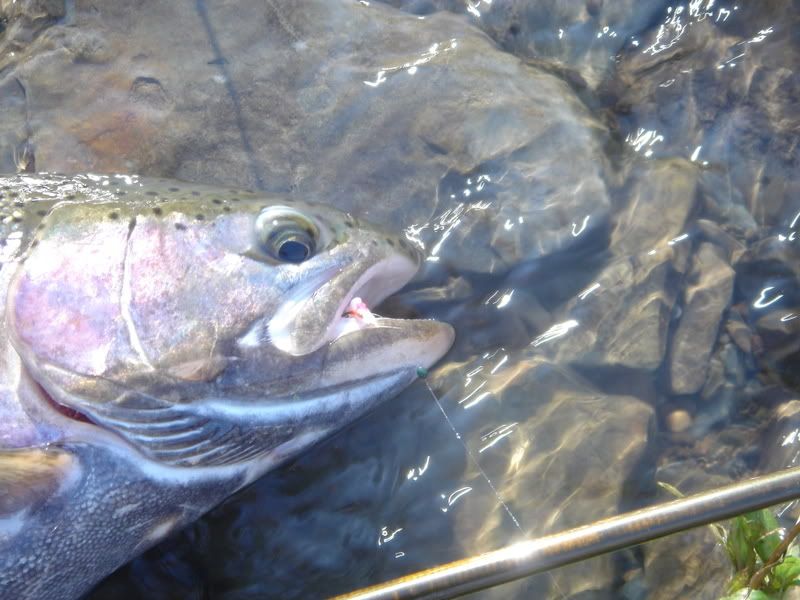
Egg patterns can be tied and variated over and over again. I will be posting variations later, this tutorial is just the basic version of the suckerspawn and glo bug both of which account for more fish in the tribs than most flies. Your best bet for low, clear water is a small, subdued color. Creme, Light Pink, Light Green, and Cheese clors are usually the norm, tied sparse and small on Size #16-18 Hooks. For the Mint Green water conditions encountered after run-off it is usually good to go bright, but subdued colors work as well. Tie flies for these conditions with a little more material, but not much more. Chartrueuse, Hot Pink, and White work well in these conditions. Purchasing the
McFly Foam Clown Pack will give you a good selection of color and material to tie with.
I use power silk material with a ceramic bobbin. It is by and large the best thread for these things and if it comes apart it's usually your fault. The hook will bend before the thread will break allowing you tremendous pressure with minimal wraps.
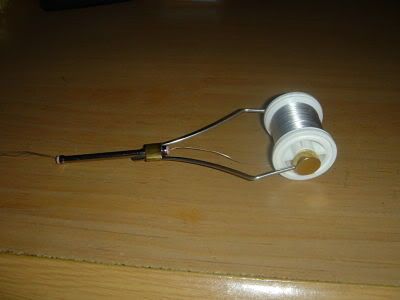
When you wrap this stuff it's pretty slick, so make sure you secure it tight before you begin wrapping. Try to stay in the middle part of the shank and go back and forth to make sure this stuff locks on good. I bring the thread under the shank rather than over top of it and have better luck securing it.
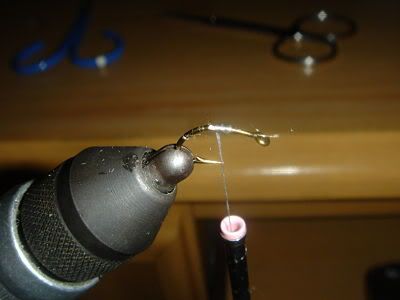
In order to make an egg with a dot in it, arrange your mcfly foam in this manner. Fold the base layer and lay a smaller strip on top.
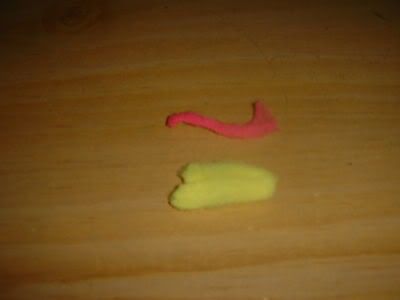
Lay the material on top of the hook shank, and pinch wrap two turns before pulling down. Make sure you figure out just how much pressure you need to not bend the hook shank and pinch the material upwards to prevent spinning. Pinch 2 more wraps and pull tight a few more times until the material is secure.

Make 2 360 degree wraps to make the joint tight where the material meets the shank. Doing this will help it flare into a ball.

Whip finish a few times to make sure the silk has secured, and apply head cement.
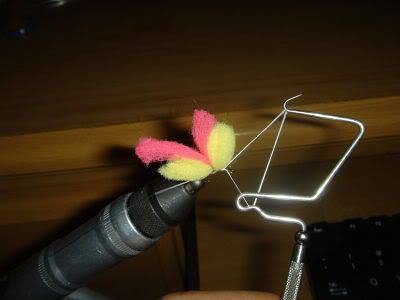
With your left hand, lift the material up tight and cut a radius into the material. Depending on the size of egg you are trying to tie, cut higher or lower off the junction.
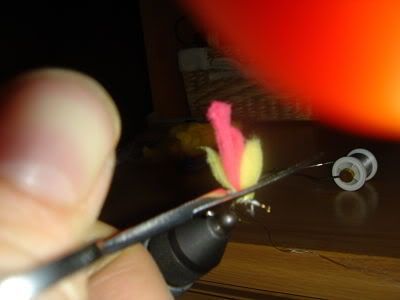
Push the cut material downward and around the hook shank, and also compact it from eye to bend.


Finished Fly
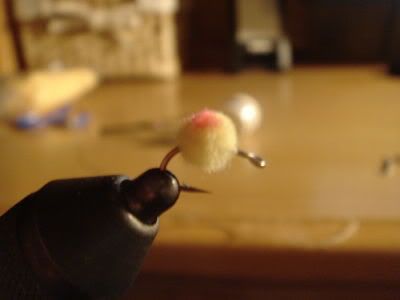
Some people tie these different, this is just how I do it...
Hope this helps
post edited by Loomis - 2009/09/15 13:57:27